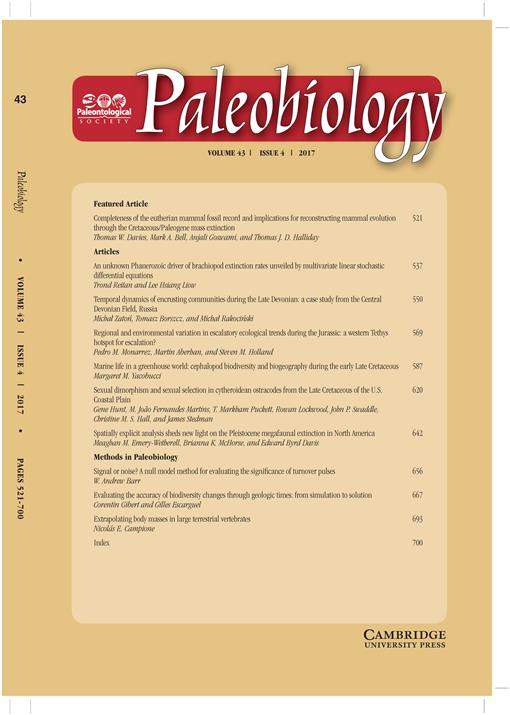The late Pleistocene megafaunal extinctions may have been the first extinctions directly related to human activity, but in North America the close temporal proximity of human arrival and the Younger Dryas climate event has hindered efforts to identify the ultimate extinction cause. Previous work evaluating the roles of climate change and human activity in the North American megafaunal extinction has been stymied by a reliance on geographic binning, yielding contradictory results among researchers. We used a fine-scale geospatial approach in combination with 95 megafaunal last-appearance and 75 human first-appearance radiocarbon dates to evaluate the North American megafaunal extinction. We used kriging to create interpolated first- and last-appearance surfaces from calibrated radiocarbon dates in combination with their geographic autocorrelation. We found substantial evidence for overlap between megafaunal and human populations in many but not all areas, in some cases exceeding 3000 years of predicted overlap. We also found that overlap was highly regional: megafauna had last appearances in Alaska before humans first appeared, but did not have last appearances in the Great Lakes region until several thousand years after the first recorded human appearances. Overlap in the Great Lakes region exceeds uncertainty in radiocarbon measurements ormethodological uncertainty and would be even greater with sampling-derived confidence intervals. The kriged maps of last megafaunal occurrence are consistent with climate as a primary driver in some areas, but we cannot eliminate human influence from all regions. The late Pleistocene megafaunal extinction was highly variable in timing and duration of human overlap across the continent, and future analyses should take these regional trends into account.
How to translate text using browser tools
29 August 2017
Spatially Explicit Analysis Sheds New Light on the Pleistocene Megafaunal Extinction in North America
Meaghan M. Emery-Wetherell,
Brianna K. McHorse,
Edward Byrd Davis
ACCESS THE FULL ARTICLE





